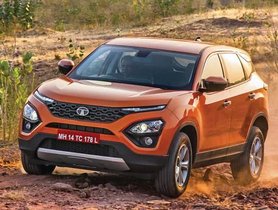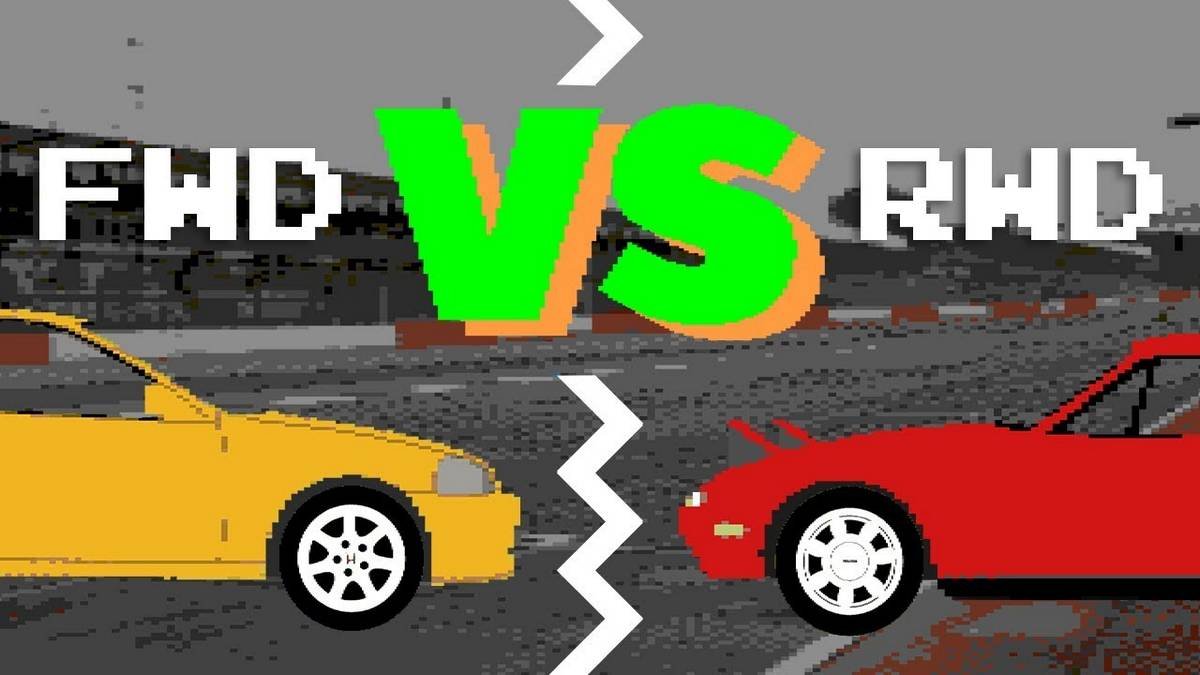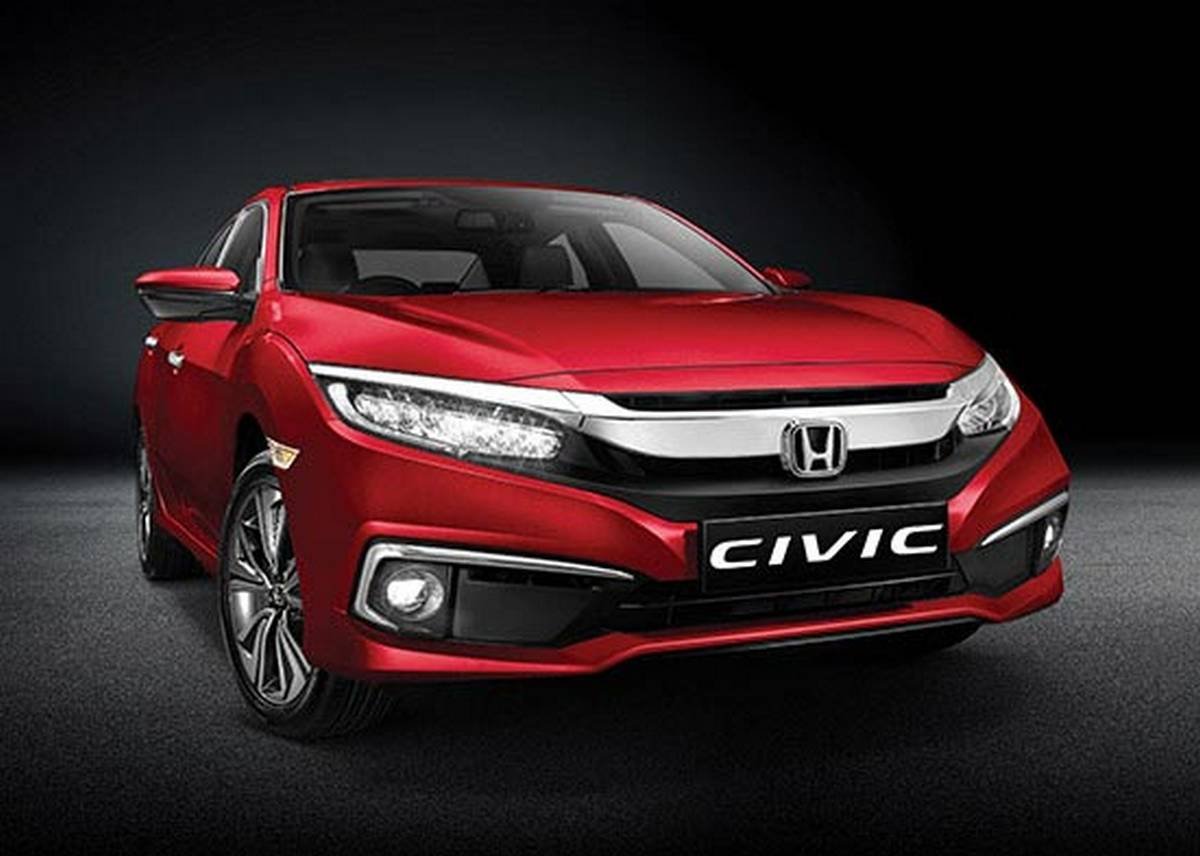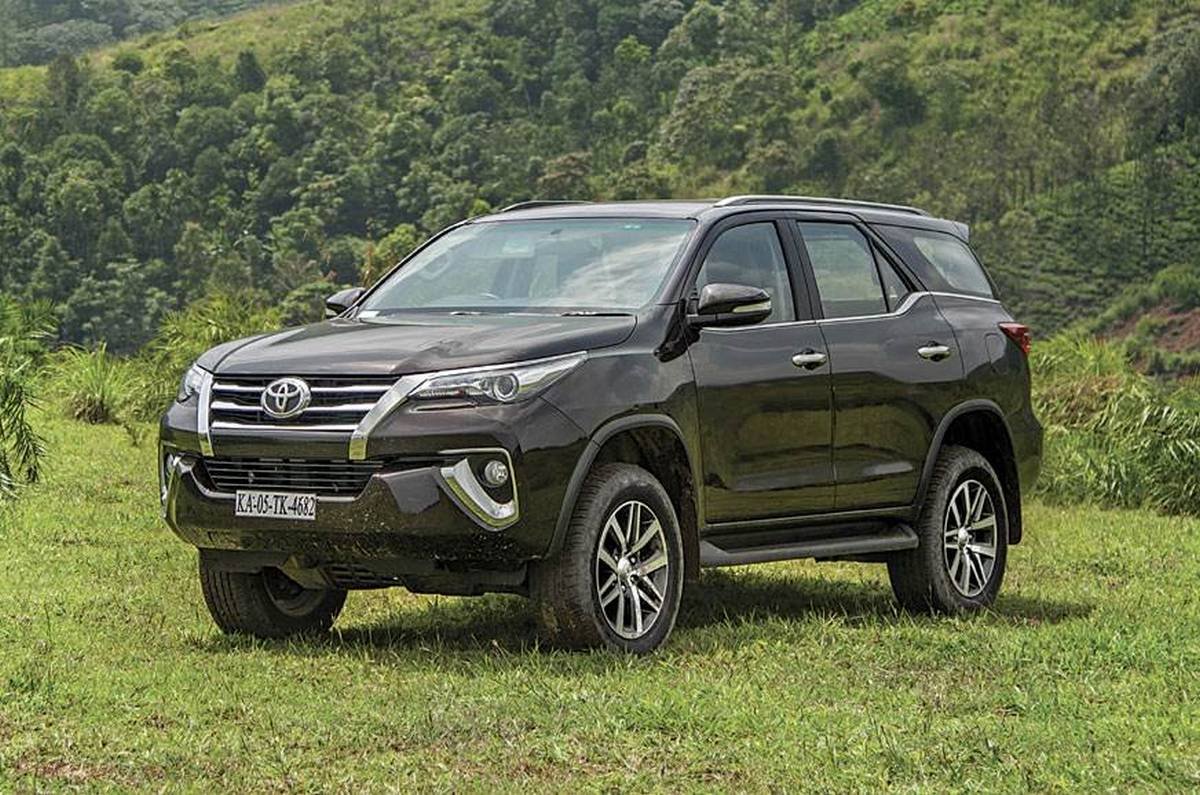Popular Tips
YOU MIGHT BE INTERESTED IN
What Are The Differences Between Front Wheel Drive And Rear Wheel Drive?
by Mohammed Burman |
28/05/2020
While both front-wheel drive and rear-wheel drive are drivetrain options of cars, they bear some significant differences from each other. Let’s discover them with us in this article.












 Follow us on google news
Follow us on google news
